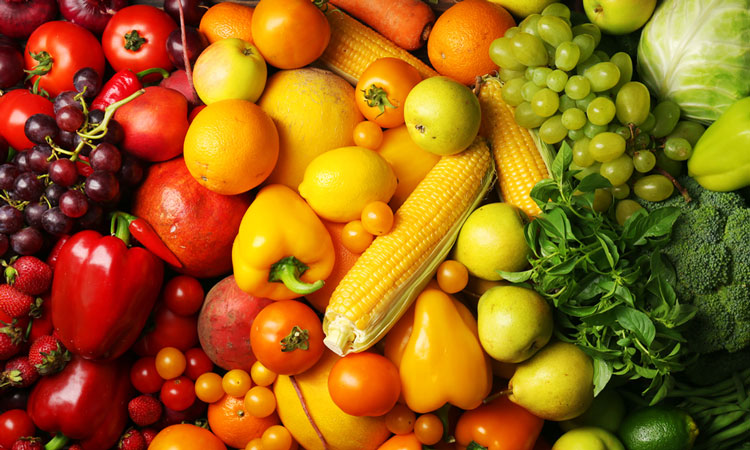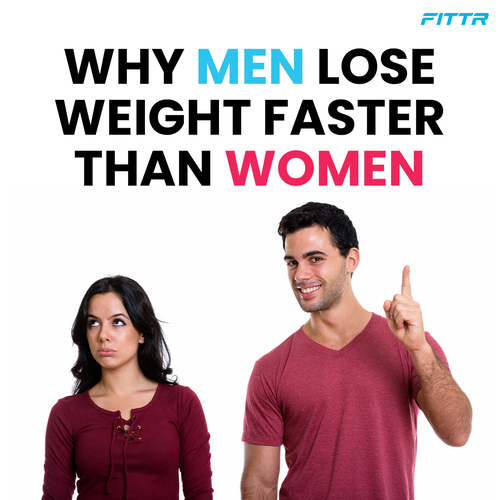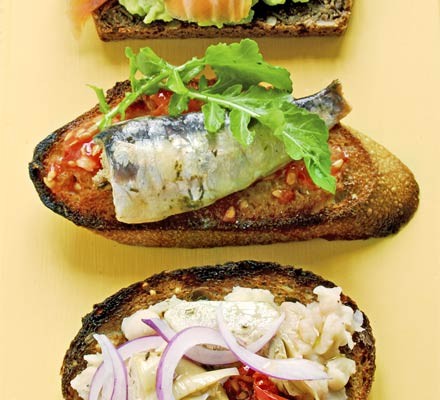
There are many misconceptions regarding fads and how they differ to real health recommendations. These diets are not possible. While certain fads may provide a glimpse into some of the health benefits offered by certain foods, they do not offer sustainable or healthy options. These plans are not usually endorsed by the medical community and don't always follow sound nutrition principles. Fad diets can make it difficult to eat healthy and should not be recommended.
While these diets are effective for losing weight, they are not healthy. Many of these diets are based upon misleading information. These diets promise fast results but are not realistic. Many of these diets promise to help you lose weight and improve your health. These programs do not have scientific backing and are based solely on testimonials and unproven research. These programs should not be relied upon as the only method to lose weight and maintain it.

These diets may be designed to promote a particular cause of weight loss. Some diets promote certain food groups or particular foods, but they don't last long and are often temporary. These diets are unlikely to last. And once they stop, people will gain their weight back.
Fad diets do not work, as with many things in this life. These temporary weight loss solutions don't last. The Atkins diet, for instance, is an example of a fad diet, which allowed people to eat protein, fat, and carbohydrates but no bread. This popular diet quickly lost popularity, but is no longer popular today. The Atkins diet remains popular, but has undergone a major change in popularity.
Fad diets won't work long-term to lose weight. They can cause nutritional deficiencies, and even slow down the body’s metabolism. Someone who adopts a fad eating plan will continue to eat the same calories for a long period of time. They will gain weight if they go back to their old eating habits. Fad diets can make losing weight difficult and prevent you from living a healthy lifestyle.

Another popular diet trend is the low-carb lifestyle, which relies on eating animal products. It's high protein and low carbohydrate. It's the opposite of the vegan diet, which only eats plant-based foods. This diet is low in carbohydrates and can lead to weight gain or infertility. These diets also restrict your exercise options.
FAQ
What are the best 10 foods to eat?
These are the 10 best foods to try:
-
Avocados
-
Berries
-
Broccoli
-
Cauliflower
-
Eggs
-
Fish
-
Grains
-
Nuts
-
Oats
-
Salmon
Exercise: Good and bad for immunity?
Your immune system is strengthened by exercise. Your body makes white blood cells that fight infections when you exercise. You can also eliminate toxins from the body. Exercise can prevent diseases such as cancer and heart disease. It can also lower stress levels.
However, overtraining can damage your immune system. You can cause muscle soreness by working out too hard. This can cause inflammation and swelling. In order to fight infection, your body must produce more antibodies. The problem is that these extra antibodies can cause allergies and autoimmune disorders.
So, don't overdo it!
Why does our weight change as we get older?
How do you determine if your bodyweight is changing?
Weight loss happens when there is less muscle mass and more fat. This means that daily energy needs must be greater than the calories consumed. The most common cause of weight loss is decreased activity levels. Other causes include illness, stress, pregnancy, hormonal imbalances, certain medications, and poor eating habits. Weight gain occurs when there is more fat than muscle mass. It occurs when people consume more calories per day than they need. Common reasons include overeating, increased physical activity, and hormonal changes.
Our bodies lose weight mainly because we eat less calories that we burn. By exercising regularly, our metabolism rates increase which in turn burns more calories during the day. But, this does not mean that we will be thinner. It is important to know if we are losing weight or gaining muscle. If we're burning more calories that we consume, we'll lose weight. But if we're consuming more calories than we're burning, then we're actually storing them as fat.
As we age we tend to be slower in moving and thus we don't move nearly as much. We also tend eat less than we used to. This is why we tend to gain weight. On the other hand, we have more muscle mass and look larger than we actually are.
There's no way to tell how much weight you've lost unless you weigh yourself every week. There are many different ways to measure your weight. There are many ways to measure your weight. You can check your waist, hips, thighs, arms and legs. Some prefer to use the bathroom scales, others prefer to use tape measures.
For a better track of your progress, try to weigh yourself once per week and measure your waistline once every month. To see how far you have come, you can take photos of yourself every few month.
Online measurements of your height and weight can help you determine your body mass. You'd likely weigh 180 pounds if you were 5'10 tall and 180 pounds if you were 180lbs.
Why do we need to have a healthy lifestyle?
Living a healthy lifestyle can help you live longer and more happy lives. Healthy eating habits, regular exercise, healthy sleep habits, stress management, and good sleep habits can help to prevent heart disease, stroke, diabetes, cancer, and other serious diseases.
Healthy lifestyles will help us to cope with daily stresses better and improve our mental health. A healthy lifestyle can also help you feel and look younger.
Statistics
- Extra virgin olive oil may benefit heart health, as people who consume it have a lower risk for dying from heart attacks and strokes according to some evidence (57Trusted Source (healthline.com)
- The Dietary Guidelines for Americans recommend keeping added sugar intake below 10% of your daily calorie intake, while the World Health Organization recommends slashing added sugars to 5% or less of your daily calories for optimal health (59Trusted (healthline.com)
- In both adults and children, the intake of free sugars should be reduced to less than 10% of total energy intake. (who.int)
- According to the 2020 Dietary Guidelines for Americans, a balanced diet high in fruits and vegetables, lean protein, low-fat dairy and whole grains is needed for optimal energy. (mayoclinichealthsystem.org)
External Links
How To
What does "vitamin" actually mean?
Vitamins are organic substances found naturally in food. Vitamins are necessary for us to absorb nutrients in the foods we consume. Vitamins cannot come from the body so food must provide them.
There are two types if vitamins: water soluble, and fat soluble. Water-soluble vitamins dissolve quickly in water. Examples include vitamin C,B1 (thiamine), B2 (riboflavin), B3 (niacin), B6 (pyridoxine), folic acid, biotin, pantothenic acid, and choline. The liver and fat soluble vitamins are stored within the liver and in fatty tissue. These include vitamin D, E and K, as well as beta carotene.
Vitamins are classified according to their biological activity. There are eight major categories of vitamins.
-
A - vital for healthy growth.
-
C – essential for proper nerve function.
-
D - necessary for healthy bones and teeth.
-
E is necessary for good vision, reproduction.
-
K – Required for healthy nerves & muscles.
-
P - Essential for strong bones and teeth.
-
Q - Aids in digestion and absorption.
-
R is required for the production of red blood cells.
The recommended daily allowance for vitamins (RDA) varies based on gender, age, and physical conditions. The U.S. Food and Drug Administration (FDA) sets the RDA values.
For adults 19 years and over, the RDA of vitamin A is 400mg per day. Because it is essential for the development of the fetus, pregnant women should consume 600 micrograms per daily. Children ages 1-8 require 900 micrograms per day. Children under 1 year old require 700 micrograms daily, while infants over one year old need 500 micrograms every day. This decreases between 9 and 12 months.
Children between the ages of 1-18 need 800 micrograms per daily for obesity, while children overweight require 1000 micrograms. Children underweight or obese will need 1200 mg per day.
Children 4-8 years old who have anemia must consume 2200 micrograms of Vitamin C daily.
2000 micrograms daily is required for adults over 50 to maintain their general health. Due to their increased nutrient needs, pregnant and breastfeeding women need 3000 micrograms daily.
1500 micrograms is the recommended daily intake for adults aged 70+, who lose approximately 10% of muscle each year.
Women who are pregnant or nursing need more than the RDA. Pregnant woman need 4000 micrograms daily in pregnancy, and 2500 per day after childbirth. Breastfeeding mothers need 5000 mg per day when breastmilk is being produced.